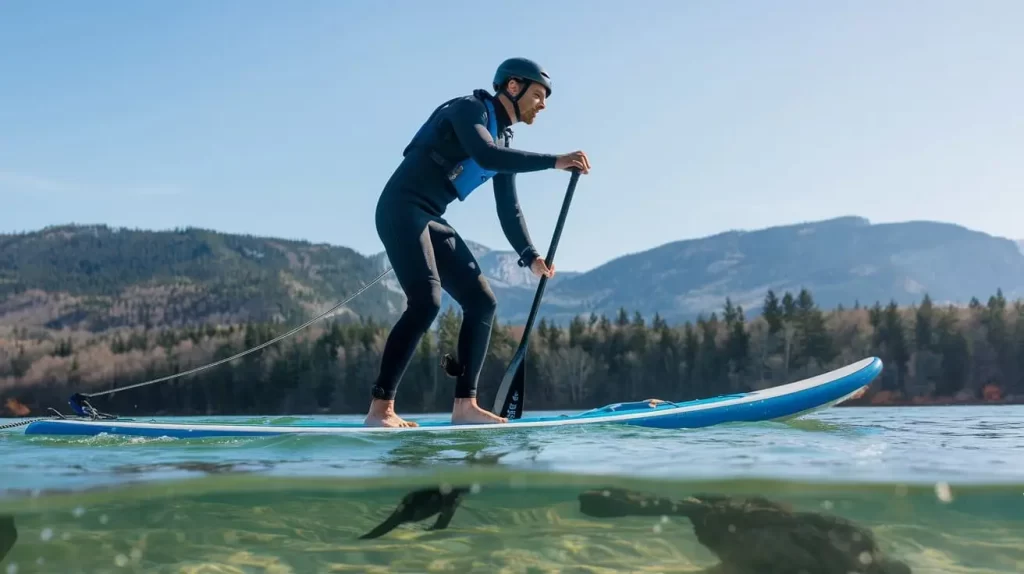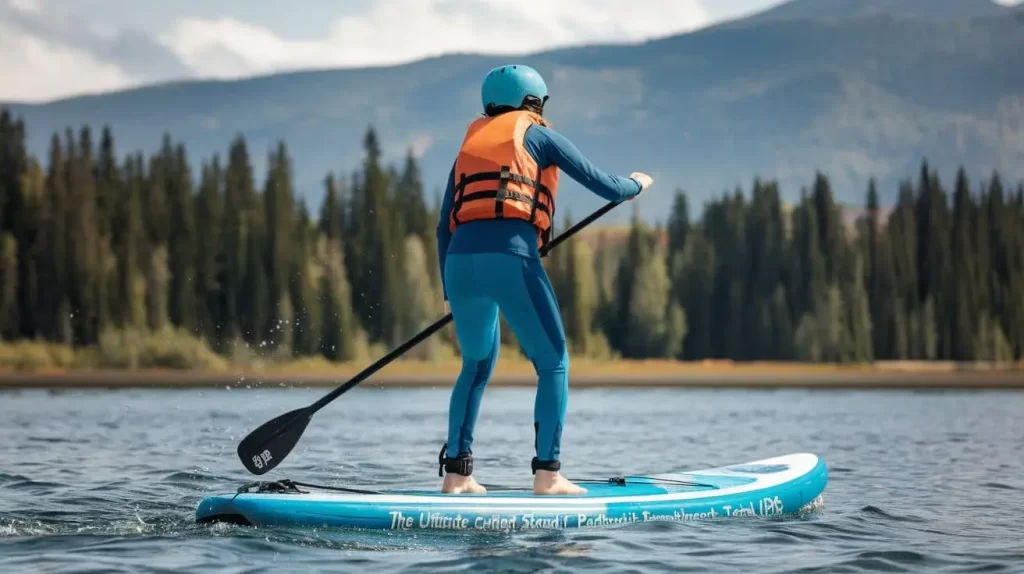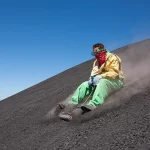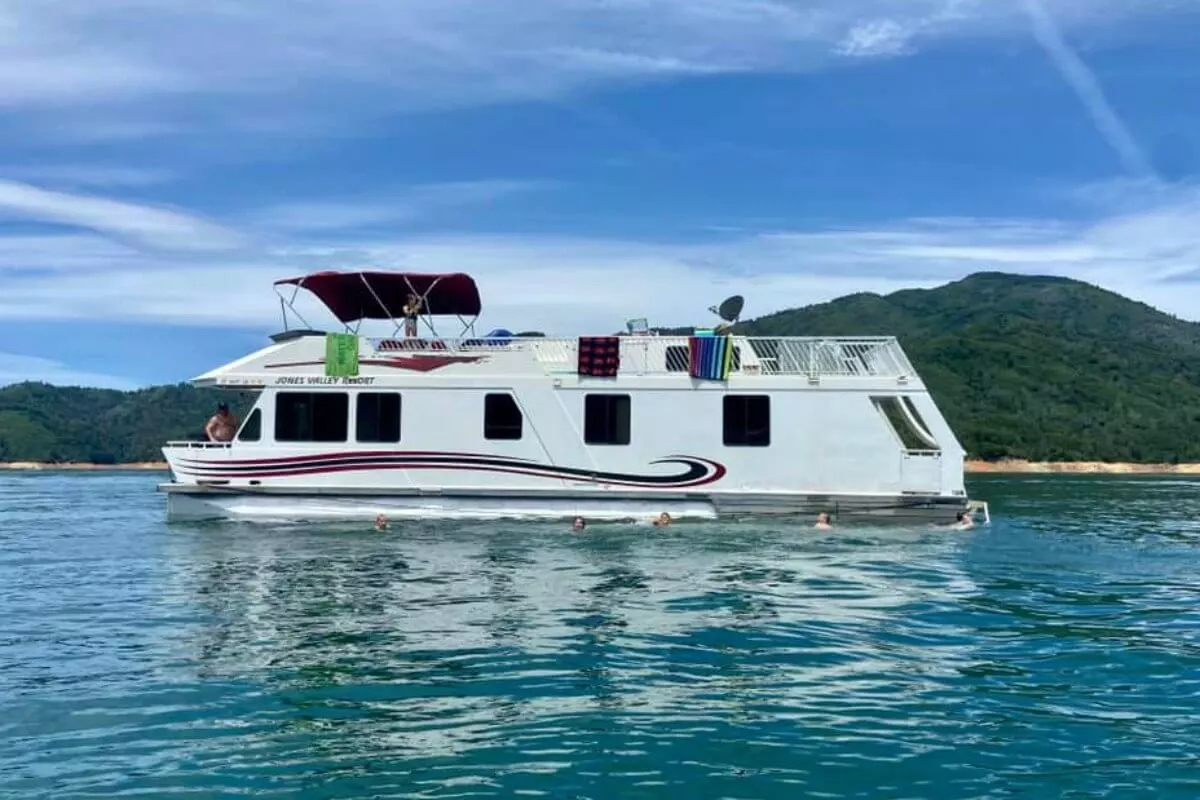What is a stand up paddleboard? A stand up paddleboard (SUP) is a large, buoyant board designed for standing and paddling through water using a single-bladed paddle. This increasingly popular water sport combines balance, strength, and a connection to nature. Whether you’re exploring tranquil lakes or catching waves in the ocean, stand up paddleboarding offers fun for all skill levels while also providing a great workout.

Content
This guide will help you navigate everything you need to know about stand up paddleboards, from choosing the right equipment to mastering essential techniques and ensuring safety on the water.
Types of Stand Up Paddleboards
Solid vs. Inflatable Stand Up Paddleboards
When selecting a stand up paddleboard, the first decision is whether to choose a solid stand up paddleboard or an inflatable one. Each type has its own benefits depending on your lifestyle, storage, and paddling goals.
| Solid Stand Up Paddleboard | Inflatable Stand Up Paddleboard |
| Rigid and made from foam, fiberglass, or carbon fiber | Made from durable, military-grade PVC |
| Offers better performance and speed | Highly portable and easy to store |
| Ideal for racing or touring | Best for casual paddling and travel |
| More durable, but harder to transport | Less durable but lightweight and compact |
For serious paddlers or those who need more stability in choppy water, a solid stand up paddleboard is the better choice. On the other hand, inflatable boards are convenient for those with limited storage space or frequent travelers.
All-Around SUPs vs. Specialized Boards
Different SUP boards cater to various paddling activities. All-around SUPs are ideal for beginners, offering a versatile balance of stability and maneuverability. Specialized boards like touring SUPs are designed for longer paddling sessions, while racing SUPs prioritize speed.
- All-Around SUP: Best for casual paddling and versatility.
- Touring SUP: Longer, for endurance paddling and smooth tracking.
- Racing SUP: Narrower, built for speed and competitive paddling.
- Yoga SUP: Wider, offering more stability for performing exercises on water.
Essential Stand Up Paddleboarding Equipment
Paddle
The paddle is a critical piece of stand up paddleboarding equipment. The paddle’s size should match your height and preferred paddling style. Adjustable paddles are popular because they allow for customization.
- Fixed paddles: Lighter, but non-adjustable.
- Adjustable paddles: More versatile, can be used by different people.
For optimal performance, your paddle should be around 6 to 8 inches taller than you.
Leash
A SUP leash is a safety must-have. It keeps your board attached to you in case you fall into the water, preventing it from drifting away.
- Coiled leash: Stays out of the water to reduce drag.
- Straight leash: Ideal for surfing in rough waters.
Personal Flotation Device (PFD)
In many regions, it’s a legal requirement to wear a personal flotation device while on a stand up paddleboard. Look for a lightweight PFD that won’t restrict your paddling motion.
How to Choose the Right Stand Up Paddleboard
Choosing the right stand up paddleboard is crucial for an enjoyable experience on the water. Here are key factors to consider:
Paddleboard Size & Volume
The size and volume of a SUP influence its stability and buoyancy. Larger boards are generally more stable and suitable for beginners, while smaller boards are faster and more agile, making them ideal for advanced paddlers.
| SUP Size | Stability | Speed |
| 10-12 feet (All-Around) | High stability for beginners | Moderate speed |
| 12-14 feet (Touring) | Medium stability | High speed |
| Under 10 feet (Surfing) | Lower stability | Very high speed |
Paddleboarding Skill Level
- Beginner Paddleboarders: Should look for wide and long boards for more stability.
- Advanced Paddleboarders: Can opt for narrow and shorter boards that offer speed and performance.
Board Material and Durability
Materials also play a role in performance. Foam and fiberglass boards are sturdy and provide a smoother ride but are heavier. Carbon fiber and epoxy boards are lighter, ideal for racing or long-distance touring but come at a higher price.
Mastering Stand Up Paddleboarding Techniques

How to Stand Up on a Paddleboard
Standing up for the first time on a stand up paddleboard can feel tricky, but with the right technique, you’ll get the hang of it quickly. Follow these steps:
- Start on your knees in the center of the board.
- Slowly rise one foot at a time, placing your feet shoulder-width apart.
- Keep your knees slightly bent and eyes forward for balance.
- Use your paddle for stability.
Paddling Techniques
Effective paddling involves more than just dipping your paddle in the water. Proper SUP paddling techniques ensure you cover more ground with less effort.
- Forward stroke: Place the paddle in the water at your feet, then push it back to propel forward.
- Turning stroke: Paddle on one side of the board while shifting your weight slightly to turn.
- Sweep stroke: Move your paddle in a wide arc to turn sharply.
Advanced SUP Techniques
For experienced paddlers, try SUP yoga, which improves balance and core strength. For those in coastal areas, learning to ride waves can take your stand up paddleboarding to the next level.
Stand Up Paddleboarding Safety Tips
Understanding Weather and Water Conditions
Before heading out on your stand up paddleboard, check the weather, wind, and tide forecasts. High winds or strong currents can make it difficult to paddle back to shore.
Staying Visible in High Traffic Areas
If you’re paddling in areas with boat traffic, visibility is crucial. Wear bright clothing, and use a SUP leash to prevent your board from drifting away if you fall.
Where to Paddleboard: Top Destinations
Popular SUP Destinations Around the World
Some of the best spots for stand up paddleboarding include:
- Hawaii: Ideal for both beginners and experienced paddlers, with calm bays and ocean waves.
- Lake Tahoe, USA: Crystal-clear waters and stunning views.
- Whitsunday Islands, Australia: Perfect for exploring reefs and wildlife.
Local Paddleboarding Spots
You don’t need to travel far to enjoy stand up paddleboarding. Most lakes, rivers, and beaches offer excellent opportunities to paddle. Look for areas with calm water if you’re a beginner, or search for SUP spots near me online.
Conclusion
Stand up paddleboarding offers a unique combination of adventure, fitness, and fun. Whether you choose a solid stand up paddleboard or an inflatable one, understanding the equipment and mastering the techniques will ensure you enjoy every moment on the water. Get started today, and embrace the excitement and tranquility that paddleboarding has to offer!

An avid traveler, Kirk Grover has been to over 50 countries. He has an extensive background in tourism and hospitality management, along with a degree in Hospitality Management from the University of Nevada Las Vegas. Kirk is very knowledgeable about travel-related topics – they are always up to date on the latest deals for flights, hotels, and other adventures around the world.











